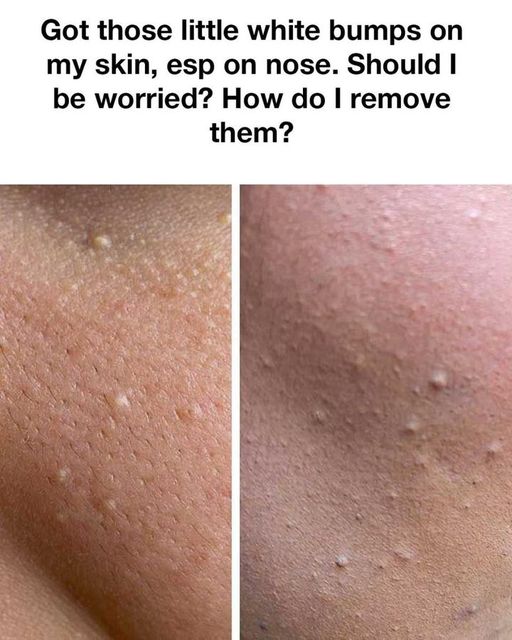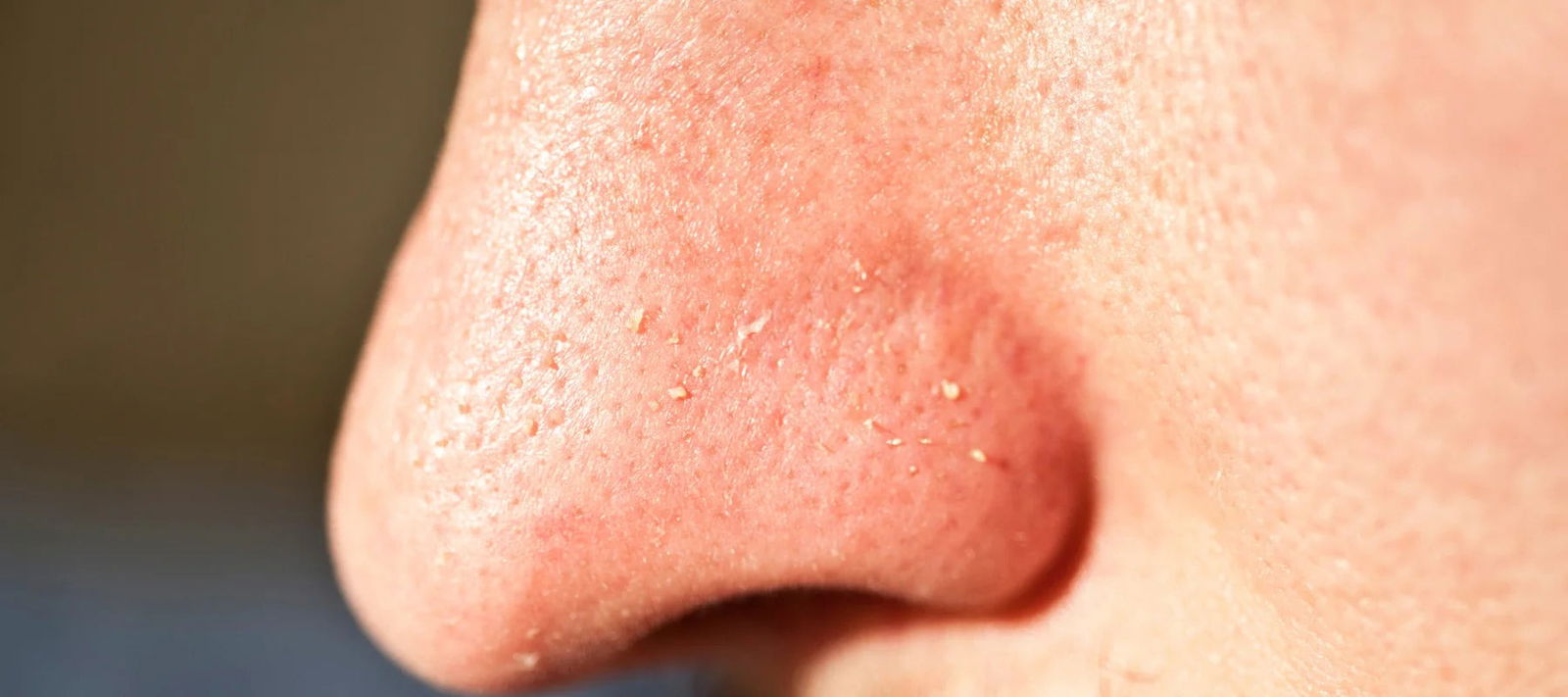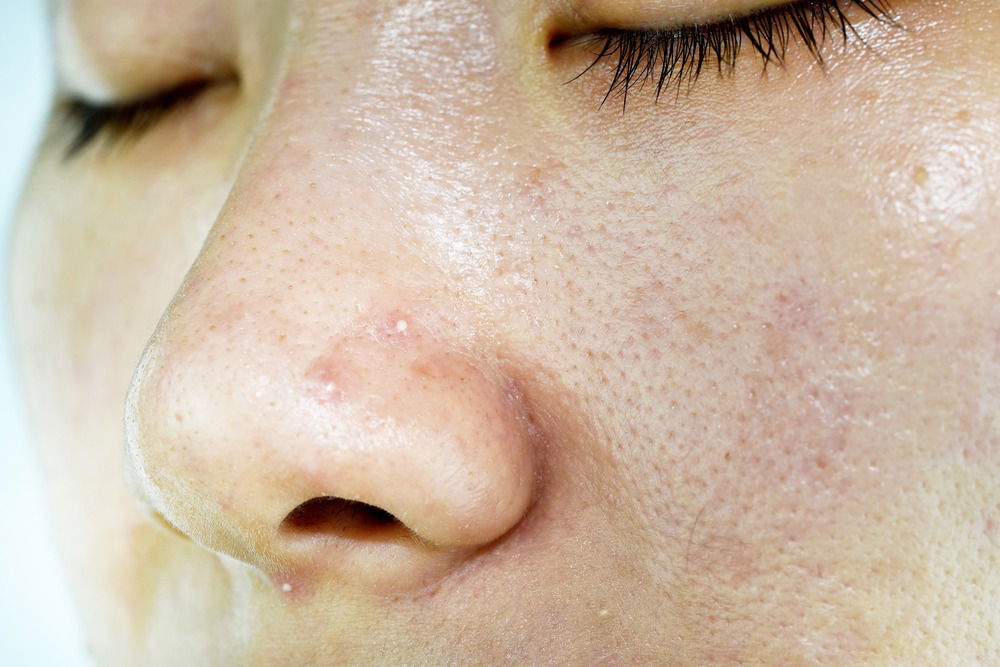
Are you finding little white bumps on your skin, especially around your nose? These ugly blemishes can cause significant frustration and even fear for many people. While it’s tempting to dismiss them as simple pimples or blackheads, knowing what these lumps are is critical for effective treatment and peace of mind. Knowing the common causes and treatments can make it much easier to manage these small skin flaws.
These small white bumps are typically a kind of acne known as milia. Milia are keratin-filled cysts that grow immediately beneath the skin and usually look as little, white or yellowish lumps. Milia, unlike typical acne, lacks an opening, making it difficult to squeeze or treat with standard over-the-counter acne treatments. The significance of accurate diagnosis and therapy cannot be emphasized, since ineffective approaches may aggravate the disease or possibly induce scarring.
Should I be worried?
1. Benign Nature
Milia are generally safe and harmless. They are more of a cosmetic concern than a medical one. However, if you develop further symptoms such as swelling, discomfort, or redness, get medical attention.
2. Persistence
Milia are generally harmless, however they can be persistent. If left untreated, they can last for months or even years. Being proactive in therapy can frequently help you get rid of them sooner.
3. Underlying Issues
In rare situations, the presence of milia can signal underlying health problems, especially if they occur unexpectedly and in huge numbers. If you have any concerns or the pimples do not go on their own, you should see a dermatologist.

How do I remove them?
1. Extraction by a Professional
Professional extraction is one of the most efficient methods for removing milia. Dermatologists and registered skincare professionals have the necessary tools and knowledge to remove them without causing infection or scarring.
2. Topical Retinoids
Prescription treatments, such as retinoid creams, can assist accelerate the natural exfoliation process, allowing trapped keratin to surface and milia to clean up. For this form of treatment, it is best to visit a dermatologist.
3. Over-the-Counter Exfoliants
Products containing alpha hydroxy acids (AHAs) or beta hydroxy acids (BHAs) can help exfoliate the skin and increase skin cell turnover, making it simpler to remove milia. Consistent use is essential for the best effects.

4. Home Remedies
Some people benefit from home remedies such as heating their skin to open pores or using gentle facial washes. However, these procedures must be used with caution to avoid discomfort.
5. Avoid Heavy Creams and Oily Products
Products that obstruct pores can help to produce milia. To reduce the risk, use noncomedogenic skincare products.
While little white lumps on your skin can be irritating, they are usually harmless and curable. Understanding what they are and using the appropriate treatment procedures will help you attain cleaner, bump-free skin. If in doubt, always seek tailored guidance from a healthcare expert.

















